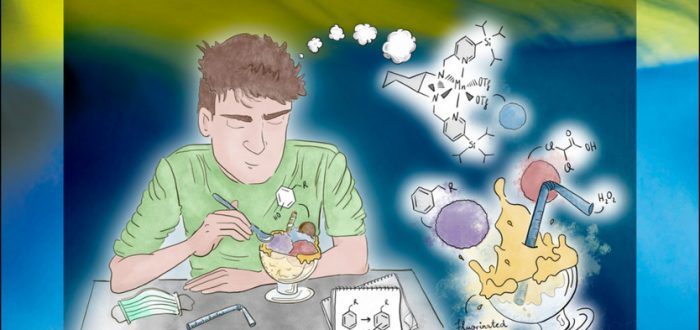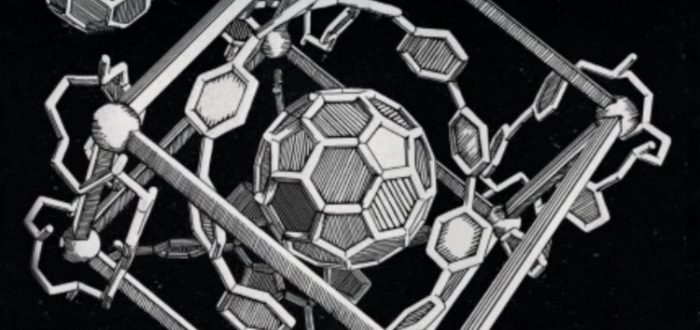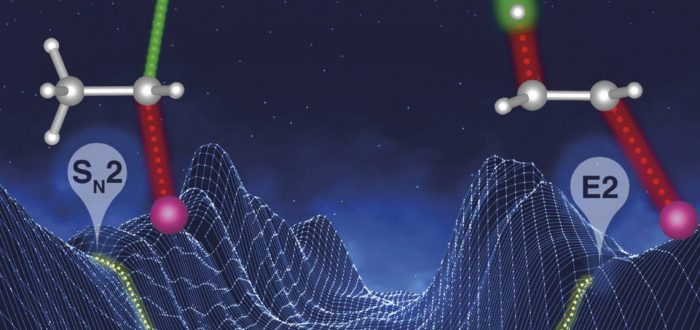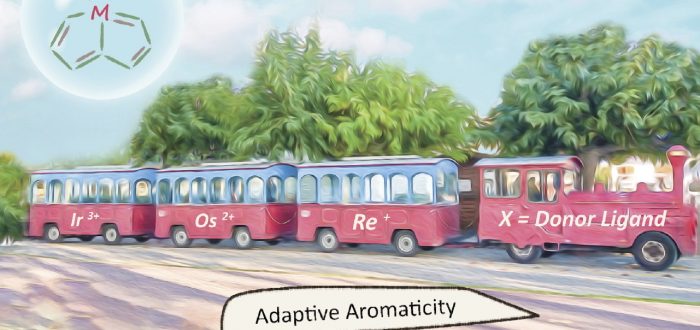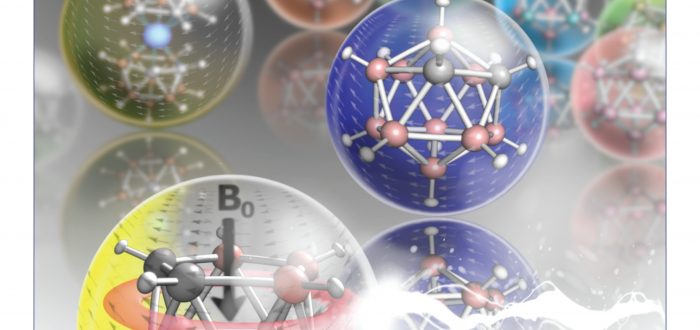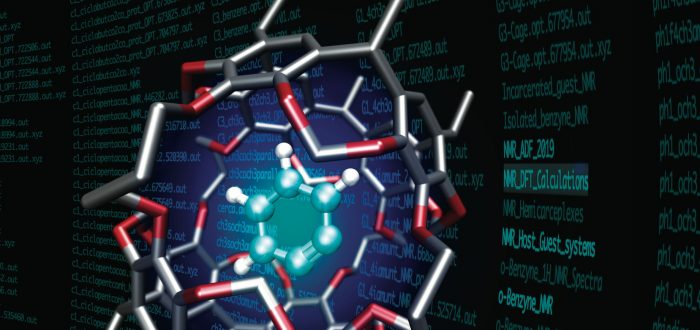The journal Advanced Synthesis & Catalysis features on its front cover the recently published paper “Aromatic C?H Hydroxylation Reactions with Hydrogen Peroxide Catalyzed by Bulky Manganese Complexes”. The oxidation of aromatic substrates to phenols with H2O2 as a benign oxidant remains an ongoing challenge in synthetic chemistry. Herein, we successfully achieved to catalyze aromatic C?H
- sec.iqcc@udg.edu
- +34 972 41 83 57
Category: Covers
The journal European Journal of Inorganic Chemistry features on its front cover the recently published minireview “Fundamental Basis for Implementing Oxidant-Free Au(I)/Au(III) Catalysis”. Oxidant-free Au(I)/Au(III) catalysis can still be regarded as a young and promising chemistry. Because the first examples of gold catalysis were limited to the activation and functionalization of ?-C?C bonds and very little was
The journal Organometallics features on its front cover the recently published article “Well-Defined Aryl-Fe(II) Complexes in Cross-Coupling and C–H Activation Processes”. Iron embedded in a tetradentate N3C macrocyclic ligand scaffold allows the stabilization of valuable low-spin aryl-Fe(II) species, permitting the study of the intrinsic organometallic reactivity of these key intermediates in Fe-catalyzed cross-coupling and C-H
Recently, in collaboration with M. von Delius and co-workers from the Ulm University, a new paper was published by E. Ubasart, C. Fuertes-Espinosa, C. Garíca-Simón, L. Gómez, X. Ribas on a three-shell supramolecular complex enables the symmetry-mismatched chemo- and regioselective bis-functionalization of C60. The paper was recently published online in Nature Chemistry: E. Ubasart, O. Borodin,
Recently, in collaboration with Matthias Bickelhaupt and co-workers from the VU University Amsterdam, a new paper was published by Marcel Swart on the competition between bimolecular substitution vs. elimination pathways. Model systems of X(-) and C2H5Y (X,Y = F, Cl, Br, I, At) were used to explore the nucleophilicity and protophilicity, at the ZORA-OLYP/TZ2P level
Chemical Communication features on its front cover the recently published article “All-metal Baird aromaticity”. The work has been carried out by Prof. Jun Zhu at the University of Xiamen and Dandan Chen, Dr. Dariusz W. Szczepanik, and Prof. Miquel Solà (members of the IQCC). The cover is the result of the artistic inspiration of Dandan Chen. The
Chemistry-A European Journal in one of its upcoming issues will feature on the front cover work from the group of Prof. Solà and co-workers, which accompanies the paper titled “Probing the origin of adaptive aromaticity in 16?valence?electron metallapentalenes”. In the Cover Profile, the authors explain to the reader the background of the scientific merits of the
The Journal of the American Chemical Society (JACS) features on its front cover the recently published article “Too Persistent to Give Up: Aromaticity in Boron Clusters Survives Radical Structural Changes”. The work has been carried out by Francesc Teixidor, Clara Viñas, and Ines Bennour of the Institute of Materials Science of Barcelona (ICMAB-CSIC), Jordi Poater at
The incarceration of o?benzyne and 27 other guest molecules within hemicarcerand 1, as reported experimentally by Warmuth, and Cram and co?workers, has been studied by density functional theory (DFT). The 1H-NMR chemical shifts, rotational mobility, and conformational preference of the guests within the supramolecular cage were determined, which showed intriguing correlations of the chemical shifts
We report here a computational study on a series of FeII, FeIII, and FeIV hydroxo/oxoiron complexes with a broad palette of ligands. We are interested in assessing the robustness of widely used density functionals for their prediction and description of structures and spin states for the examined oxoiron complexes. We have used a variety of density

